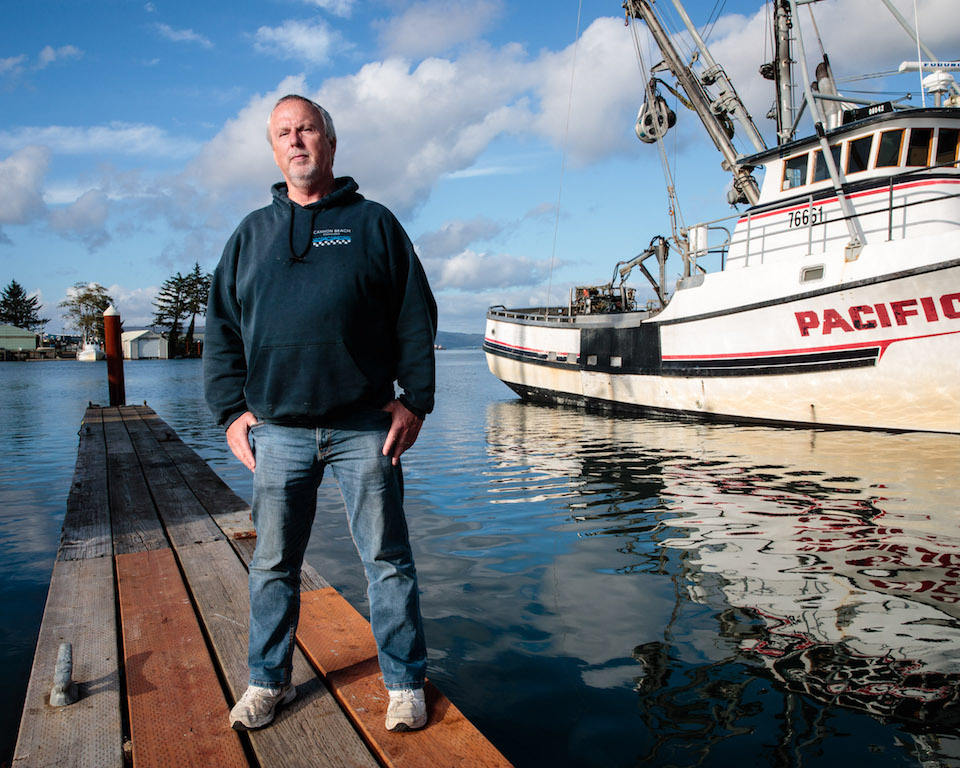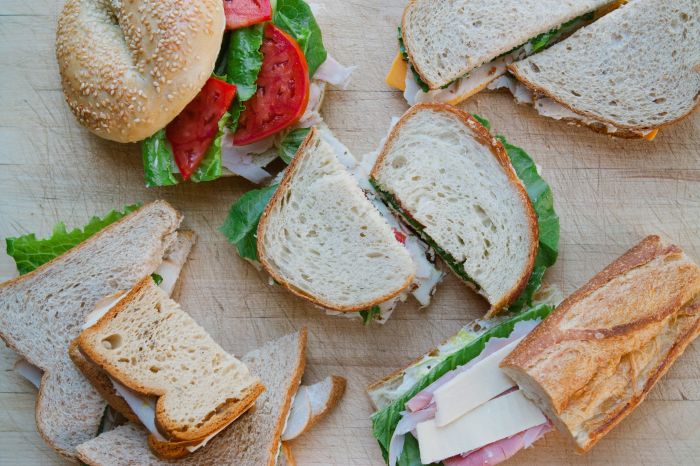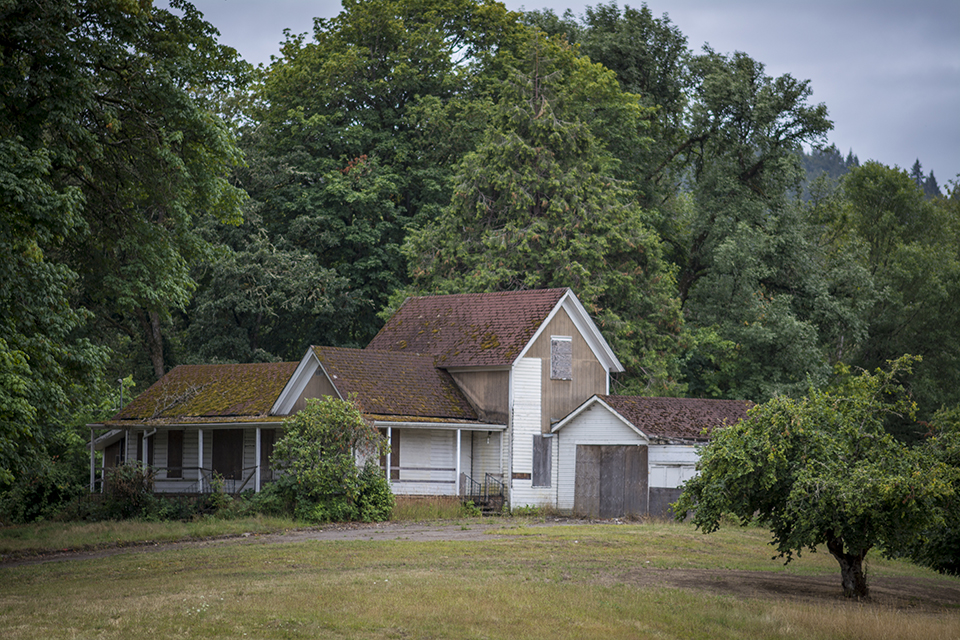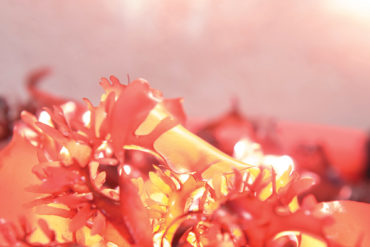written by Sophia McDonald | photos by Rob Kerr
Delivering tasty crustaceans to crab lovers has been John Corbin’s life work. He’s been involved with fishing one way or another since he was a high school student in Astoria. In 1989, he and three friends started a commercial fishing business—Buck & Ann Fisheries—with crab as one of its main pursuits.
Although Corbin spends most of his time in an office these days, he describes the typical scene on a crab boat. When the season starts in December or January, a boat drops 900 wire mesh crab pots throughout the ocean. Each is marked with a buoy and tracked by GPS.
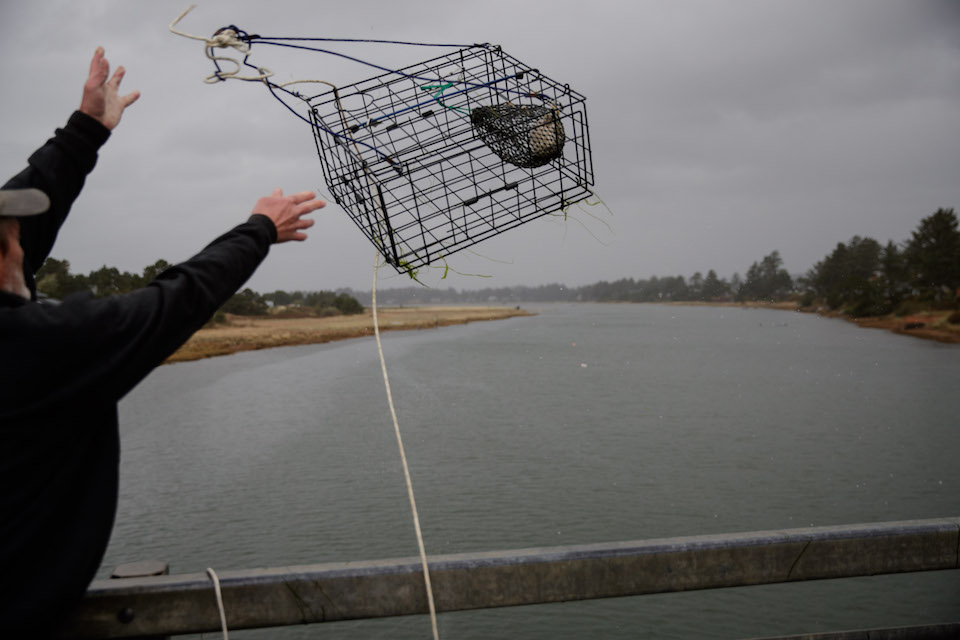
“In the beginning of the season, we just kind of throw them out in different places,” he said. “You have your favorite spots, spots where you did well last year or think you might do well this year. Then, as you start picking them up, you find you’re totally wrong. You move to where you’re doing well, or you just go to another beach somewhere and lay them out.”
Boats stay out to sea anywhere from two days to a week. During that time, the staff is pulling up pots, removing crabs and rebaiting the traps around the clock. Deckhands rotate shifts so there’s one person working and one sleeping.
Buck & Ann Fisheries’ largest ship can hold approximately 55,000 pounds of crustaceans in the hold, which is constantly flooded with seawater. This enables the crew to keep the crabs alive until they are sold to restaurants and commercial clients.
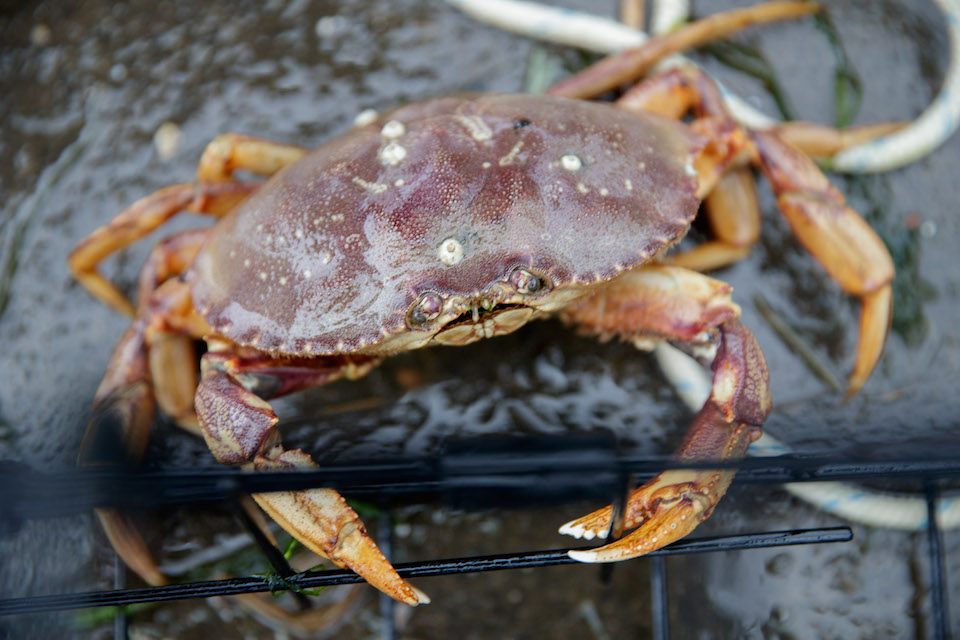
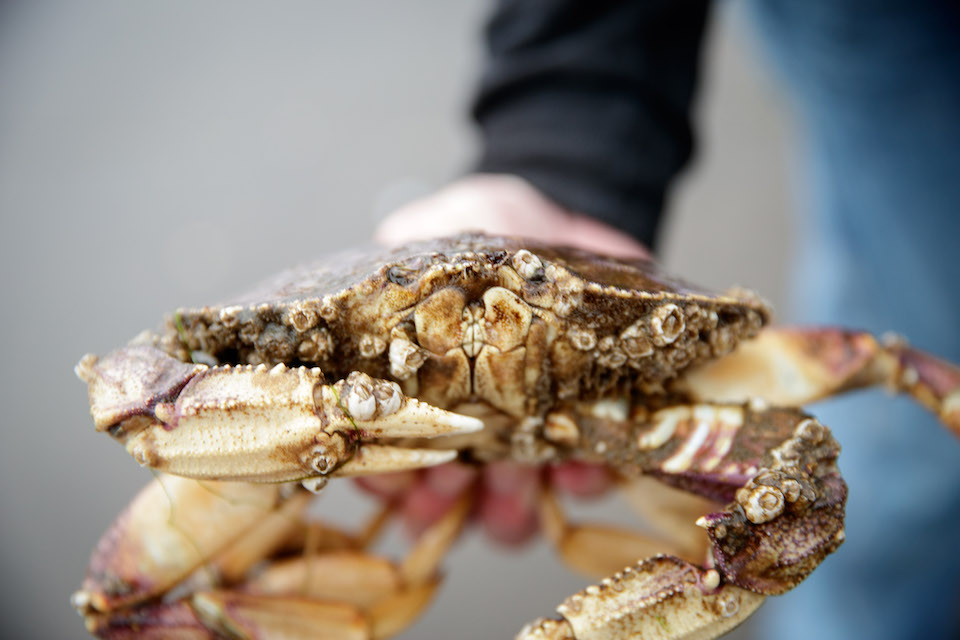
About forty percent of crabs caught on the West Coast are shipped to China. The catch is loaded into 700-pound plastic totes full of seawater for shipping. Pumps circulate oxygen into the water, which is kept cold so that the crabs stay dormant. “When they’re awake, they’re very lively,” Corbin said. “They’re ripping each other’s legs off.” The chilled containers are flown to mainland China for sale.
Harvesting crustaceans from the sea is fraught with challenges, and crabbing is no exception. Oregon has occasional bouts with red tides (or blooms of algae that produce domoic acid). The acid gets into the crabs’ viscera and is poisonous if consumed. Further, ocean acidification is expected to affect the industry over the long run. While it won’t directly affect crabs at first, Corbin said, it may kill off the species they feed on.
“One of the biggest challenges right now is wave energy,” Corbin said. “It seems like everybody is going out into the ocean and trying to find real estate. We fish everywhere, and when someone comes along and says, ‘We’re going to put a wave energy site here, and you’re not going to be able to crab here,’ it’s hard.”
Crab accounts for one of the largest fisheries in Oregon, said Hugh Link, executive director of Oregon Dungeness Crab Commission. In 2016, shrimp overtook it. Crab can be found all along the West Coast, which means the Pacific states jostle to be the top producer in crab. Sometimes this distinction goes to Washington or California. Other times Oregon leads the pack.
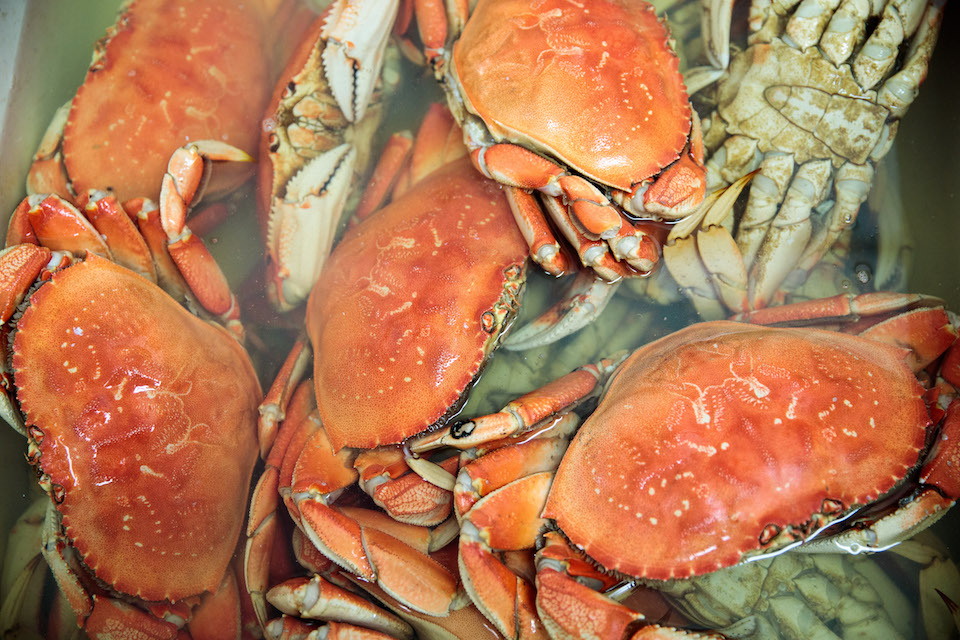
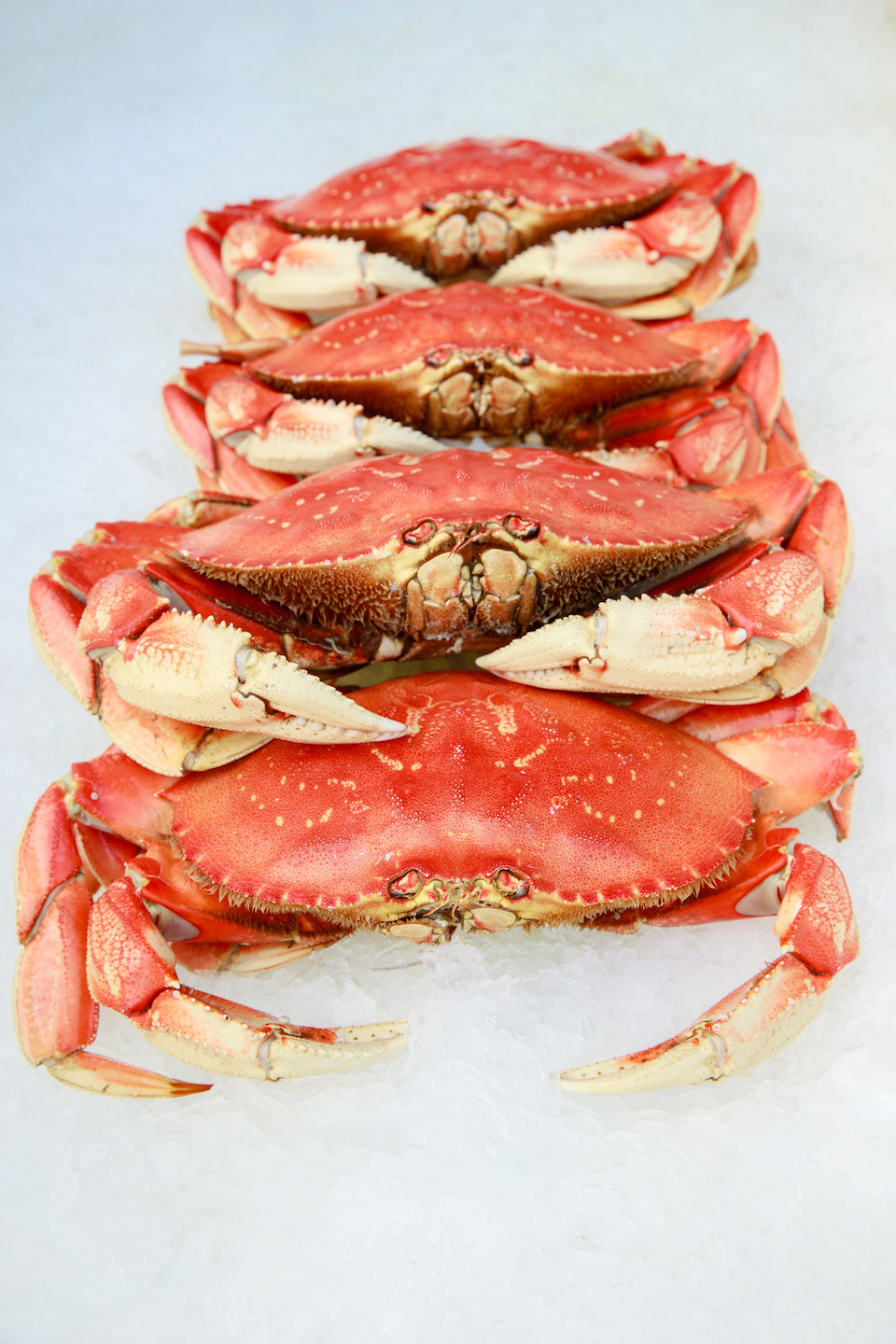
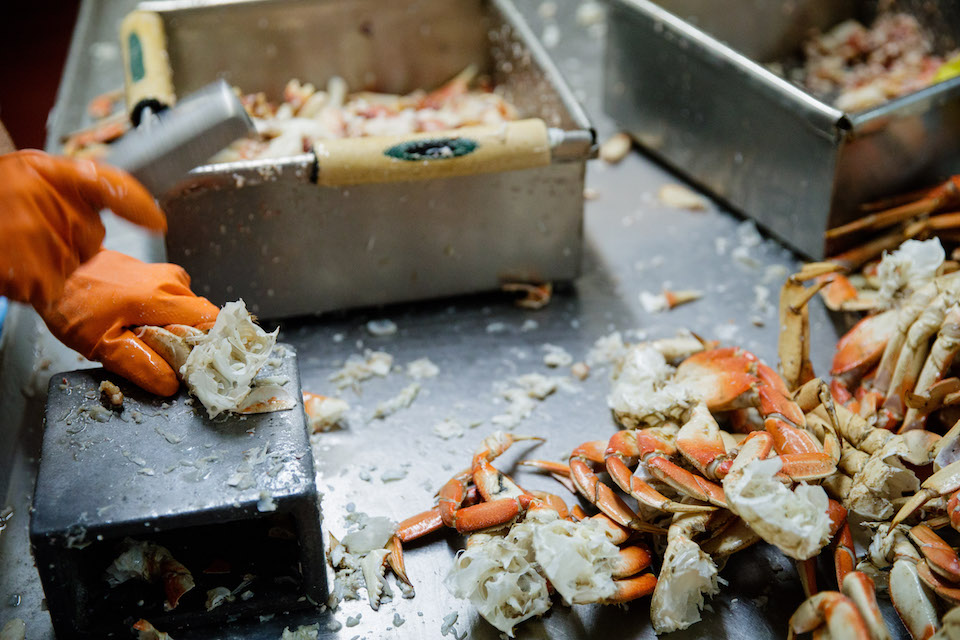
Nevertheless, the industry works to ensure that the fishery is safe and sustainable, Link emphasized. Fishermen work closely with health agencies to ensure crabs contain no toxins before they go to market. “We have held the Marine Stewardship Council’s certification for eco-friendly fisheries for the last five years,” he said.
With these protections in place, Oregonians can continue enjoying crab for years to come. One of the most common ways to prepare crab is to make crab cakes. Chef John Newman with Newman’s at 988 in Cannon Beach shares his recipe for this classic appetizer.
For a light dinner, try a Dungeness crab, fennel and avocado salad from ONA Restaurant & Lounge in Yachats. “We like grapeseed oil for this dish because it binds the dressing and holds the crab together without imparting a bold taste,” said Michelle Korgan, chef and owner.
Toast topped with high-quality spreads has been trendy for the past few years. Impress guests with Dungeness crab toast from chef Lauro Romero at Portland’s Three Degrees. Serve each piece of toast whole as a main course, or cut the toast into smaller pieces for an appetizer.

